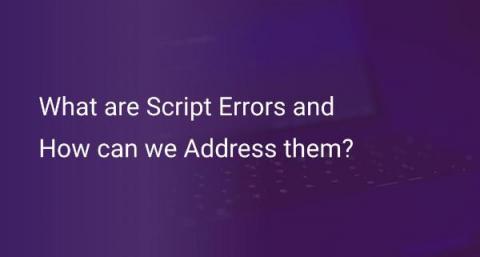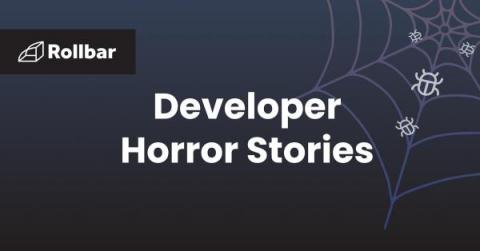Systems | Development | Analytics | API | Testing
Development
Mixed Reality Development: Why and How to Get Started
Chances are, you or someone on your team is trying to break into mixed reality development. Mixed reality is the latest technology that blends the real world with digital experiences. Most major tech companies are investing in their own vision of the metaverse — i.e. the more connected future of the internet. That means mixed reality is quickly moving from an emerging technology to our new reality.
Kong Ingress Controller 2.0 - What's New and Deep Dive | #KongBuilders - October 27th
Survey: Fast, Easy Access to Good Data Drives Digital Transformation Success
We live in a world that is increasingly digital and data-driven. We have wearable devices to monitor our steps, heart rate, and sleep quality. We have Alexa, Siri, or Google ready to take our shopping orders, play our playlist, share the latest news. We can see what shows are trending on Netflix and curated suggestions for us based on what we watched. We cannot get away from data. Where does data live? Who has access to them? What do they do with them?
Getting Detailed Exceptions With Retrace
Exception handling tools with limited features often have a short lifetime. Thankfully, getting detailed exceptions with Retrace is a great choice for development teams, especially when compared to ELMAH. Let’s take a look.
3 useful design patterns every developer should know about
The term “Design Pattern” describes a well-known and battle-tested solution to a problem that developers tend to encounter again and again when developing software. Design patterns are conceptual and can be implemented in any programming language. Design patterns generally fit into one of the following three different categories depending on the problem they address: In this blog post I’m going to cover a pattern from each of these categories in depth.
What's New in Node.js 17
Node.js v17.0.0, the latest major version of the popular JavaScript runtime, has just been released. It supersedes v16 in the Current release line of the runtime. V16 is now in line to be promoted to the long-term support (LTS) channel on October 26, 2021, as it’s an even-numbered release. Despite being a relatively minor update, this release brings several refinements to the runtime, including more promisified APIs, JavaScript engine upgrades, and OpenSSL 3.0 support.
Build your own CI/CD pipelines by customizing your Bitrise Workflows
This article will explain in a nutshell how you can easily build your own CI/CD pipelines for your mobile apps, based on your specific business needs.
What are Script Errors and How Can We Address Them?
Imagine that a customer reports an error on one of your websites. When you check the logs or tracking tool, it just says script error and nothing else. Does it sound familiar? Such errors are difficult to debug because they do not contain additional information about what and where they went wrong.
Scary Developer Stories to Tell in The Dark
Twas the night of production, and all through the server, all the bugs were stirring... We've all heard the developer horror stories or have had our fair share of shocking experiences as a developer tackling an unfortunate event. To keep up with the Halloween season, we wanted to hear some of the spooky encounters that developers dealt with. Here are some of the stories that you submitted to Rollbar. Make sure to turn on the light and read with caution!











